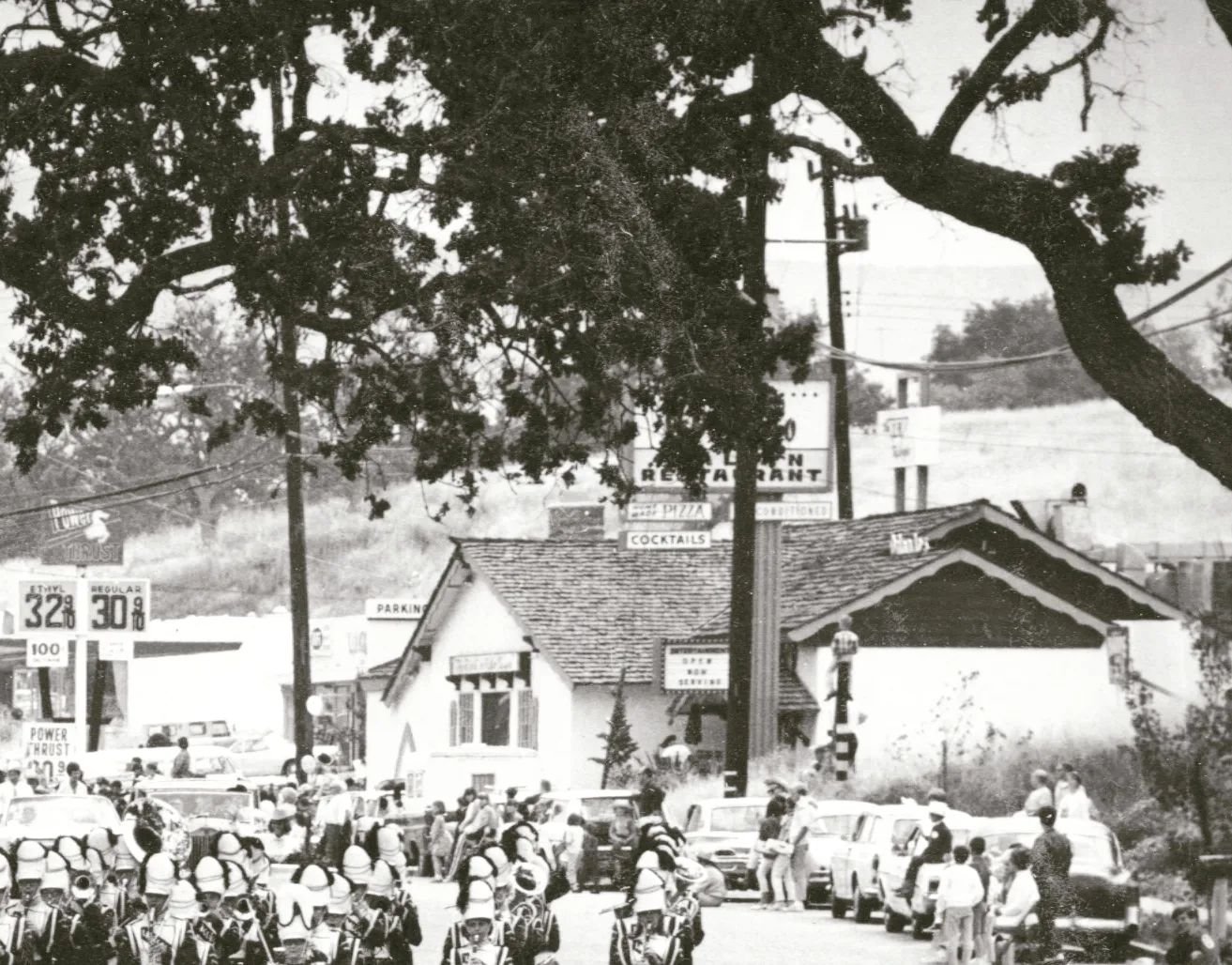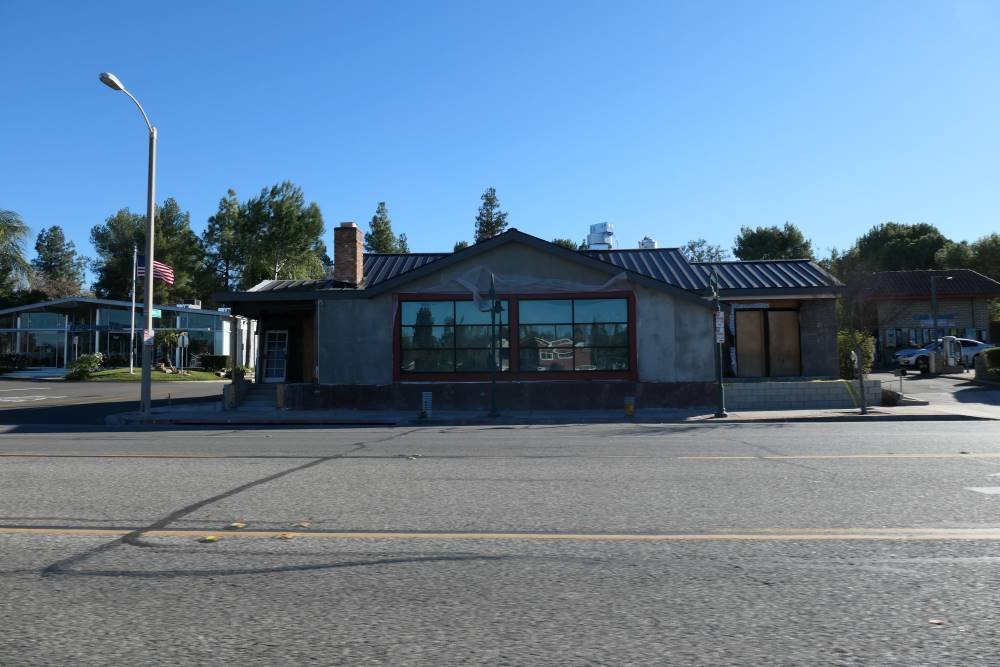Twenty-five years of research by National Park Service (NPS) biologists and collaborators have documented the effects of habitat fragmentation and pointed to the importance of connectivity in the region, culminating in the wildlife overpass that is breaking ground this week in Liberty Canyon. Mountain lion study photo and video album here.
Groundbreaking is scheduled for Friday, April 22. The new crossing will re-connect an entire ecosystem that has long been fragmented by an almost impenetrable barrier for wildlife – the 101 Freeway's 10 lanes and more than 300,000 vehicles a day.
Organizations and institutions like the National Wildlife Federation (NWF), Caltrans, Mountains Recreation and Conservation Authority (MRCA), the California Department of Fish and Wildlife (CDFW), and the Santa Monica Mountains Conservancy, among many others, were instrumental in discovering a solution to remedy this conservation crisis.
"Our partners have taken our science and worked to change this corner of the world," said David Szymanski, superintendent of Santa Monica Mountains National Recreation Area (SMMNRA), a unit of the NPS. "They have bought critical lands, designed and built public works, raised funds, and developed the protections that give wildlife a chance of surviving into the future."
Since 1996, NPS biologists have researched carnivores and other local wildlife in the Santa Monica Mountains and the surrounding region. The project began right in the Liberty Canyon area, with the tracking of bobcats and coyotes, and it expanded to include mountain lions in 2002.Overall, the research has focused on urbanization and habitat fragmentation in wildlife communities.
"It's super exciting to see the science that we've worked so hard on for many years result in concrete action to benefit wildlife," said Seth Riley, wildlife branch chief for SMMNRA. "This is a pivotal moment for conservation and for our park."
From the beginning, it was clear that the 101 Freeway was a major barrier to movement, even for wide-ranging species like carnivores. Later, National Park Service and UCLA studies found that the barrier effect extended to gene flow. They found genetic differentiation because of urban development and roads for bobcats and coyotes, smaller, more abundant species such as western fence lizards, and even for a bird, the wrentit.
Thus far, the most significant genetic effects have been seen in mountain lions.
The population in the Santa Monica Mountains has one of the lowest levels of genetic diversity in the state or across the west. More recently, biologists have begun to see the physical effects of that low genetic diversity, specifically kinks at the end of tails, a male with only one descended testicle, and poor sperm quality, documented through research conducted by scientists at UCLA. These were all common characteristics linked with inbreeding depression in mountain lions in Florida that nearly went extinct in the early 1990s.
"This crossing is timely, considering our recent discovery of the first physical signs of inbreeding depression occurring in our isolated mountain lion population in the Santa Monica Mountains," said Jeff Sikich, the lead field researcher on the mountain lion study. "Habitat fragmentation is the key challenge wildlife is facing here."
Sikich added that mountain lions may be the first affected and most at risk of being lost, "but the wildlife crossing will also benefit other species whose movements are blocked by this massive freeway."
This crossing will increase connectivity over the most significant barrier to connecting the Santa Monica Mountains to other large natural areas. Still, it is crucial to better understand and ultimately improve connectivity in other areas.
For instance, the 118 Freeway separates the Simi Hills, north of the 101 Freeway, from the Santa Susana Mountains. A recently initiated study by NPS and Caltrans is evaluating wildlife movement, survival, and potential road-crossing there.
Other critical locations include the Conejo Grade in the western Santa Monica Mountains, also along the 101 Freeway, and along the 5 Freeway in the Santa Clarita area where the freeway separates natural areas to the east and west.
Santa Monica Mountains National Recreation Area (SMMNRA) is the largest urban national park in the country, encompassing more than 150,000 acres of mountains and coastline in Ventura and Los Angeles counties. A unit of the National Park Service, it comprises a seamless network of local, state and federal parks interwoven with private lands and communities. As one of only five Mediterranean ecosystems in the world, SMMNRA preserves the rich biological diversity of more than 450 animal species and 26 distinct plant communities. For more information, visit www.nps.gov/samo.

















